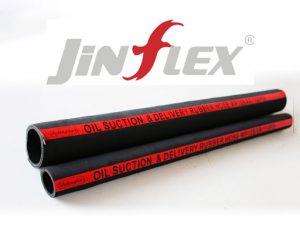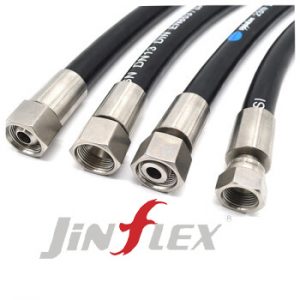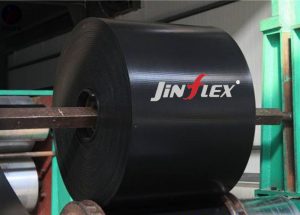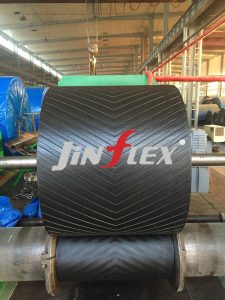Cord oil hose is a rubber hose specially designed for transporting oil substances. Its core feature is that its reinforcement layer adopts a cord structure, which has high pressure resistance, high oil corrosion resistance, good bending performance and long service life. This gives the hose excellent stability and durability when withstanding internal oil pressure and external stress. The following is a detailed analysis of the cord oil hose:

1. Structural composition
The cord oil hose is mainly composed of three parts: inner rubber layer, cord reinforcement layer and outer rubber layer:
Inner rubber layer: In direct contact with the transported oil substances, it is usually made of oil-resistant rubber. It has good sealing and oil corrosion resistance, ensuring the purity of the oil and the stability of the internal structure of the hose.
Cord reinforcement layer: As the main stress-bearing layer of the hose, the cord reinforcement layer is woven or wound with high-strength cords (such as polyester fiber cords, steel cords, etc.). These cords are closely bonded with the rubber through the vulcanization process. The combination significantly enhances the tensile, bending and compressive properties of the hose, allowing it to withstand high working pressure without being prone to deformation or rupture.
Outer rubber layer: protects the inner rubber layer and cord reinforcement layer from erosion by the external environment, such as ultraviolet rays, ozone, abrasion, etc. The outer rubber layer is usually made of weather-resistant and ozone-resistant synthetic rubber to ensure the long-term stability of the hose in harsh environments.

2. Application fields
Cord oil hoses are widely used in petroleum, chemical industry, shipbuilding, automobile manufacturing and other industries to transport various oil substances, such as gasoline, diesel, hydraulic oil, engine oil, etc. In oil tank trucks, tank ships, oil pipelines, etc.
For more details please visit our website “”


